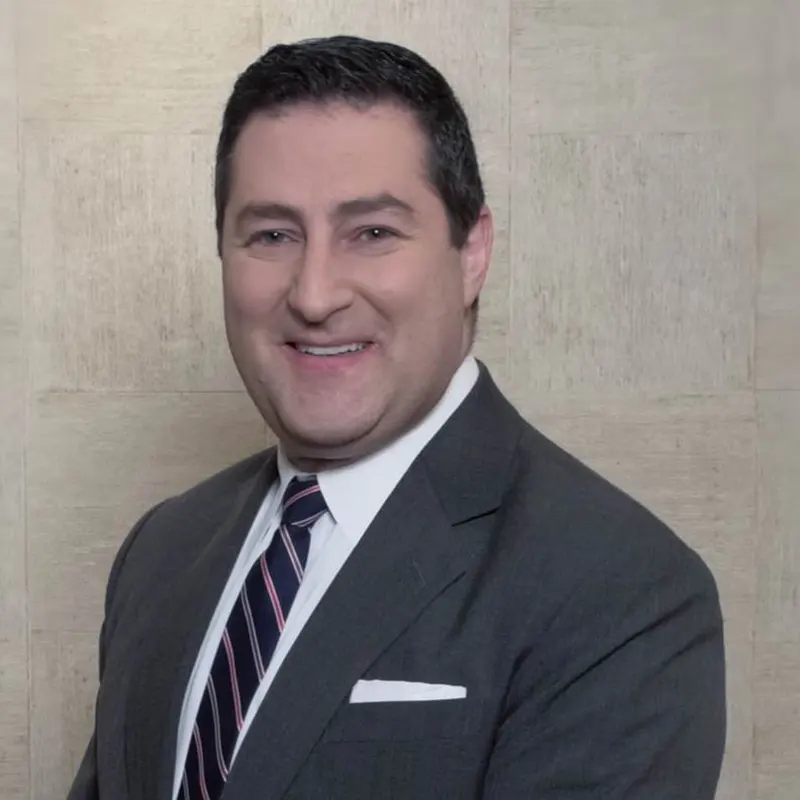

Interest in SLAT s, or Spousal Lifetime Access Trusts, has picked up as the new administration eyes possible revenue sources from estate and gift taxes. According to a recent article titled “What Advisors Should Know About SLATs” from U.S. News & World Report, even if no changes to exemption levels happen now, the current federal lifetime gift and estate tax exclusion of $11.7 million will expire in 2026. When that happens, the exemption will revert to the pre-2018 level of about $6 million, adjusted for inflation.
First, what is a SLAT? It’s an estate planning strategy where one spouse gifts assets to an irrevocable trust for the benefit of the other spouse. This removes the asset from their joint estate, but the donor spouse may still indirectly retain access to the assets. The SLAT typically also benefits a secondary recipient, usually the couple’s children.
It’s important to work with an estate planning attorney who is knowledgeable about this type of planning and tax law to ensure that the SLAT follows all of the rules. It is possible for a SLAT that is poorly created to be rejected by the IRS, so experienced counsel is a must.
The attorney and the couple need to look at how much wealth the family has and how much the family members will need to enjoy their quality of life for the rest of their lives. The funds placed in the SLAT are, ideally, funds that neither of the couple will need to access.
If a donor spouse can be approved for life insurance, that’s a good asset to place inside a SLAT. Tax-deferred assets are also good assets for SLATs. Trust tax rates can be very high. If securities are placed into the trust and they pay dividends, taxes must be paid. When life insurance pays out, the proceeds are estate-tax and income-tax free.
These trusts also protect assets from creditors.
There are pitfalls, which is why an experienced estate planning attorney is so important. Married couples with large estates may set up separate SLATs for each other, but they must take into consideration the “reciprocal trust doctrine.” SLATs cannot be funded with identical assets and they cannot be set up at the same time. The IRS will collapse trusts that violate this rule. One SLAT can be done one year, and the second SLAT done the following year, and they should be funded with different assets.
There’s also a trade-off: while the SLAT gets assets out of the estate, they will not receive a step-up in basis at the time of the donor spouse’s death. Basis step-ups occur when the deceased spouse’s share in the cost basis of assets is stepped up to their value on the date of death.
Divorce or the death of the recipient spouse means the donor spouse loses access to the SLAT’s assets.
The SLAT requires coordination between the estate planning attorney and the financial advisor, so anyone considering this strategy should act now so their attorney has enough time to take the family’s entire estate plan into account. There also needs to be a third-party trustee, someone who is not the recipient and not related or subordinate to the recipient.
Assets don’t have to be placed into the SLATs immediately after they are created, so there is time to figure out what the couple wants to put into the SLAT. However, forgetting to fund the SLAT, like neglecting to fund any other trust, defeats the purpose of the trust.
Reference: U.S. News & World Report (May 3, 2021) “What Advisors Should Know About SLATs”
The 15 minute initial phone call is designed as a simple way for you to get to know us, and for our team to learn more about your unique estate planning needs.

